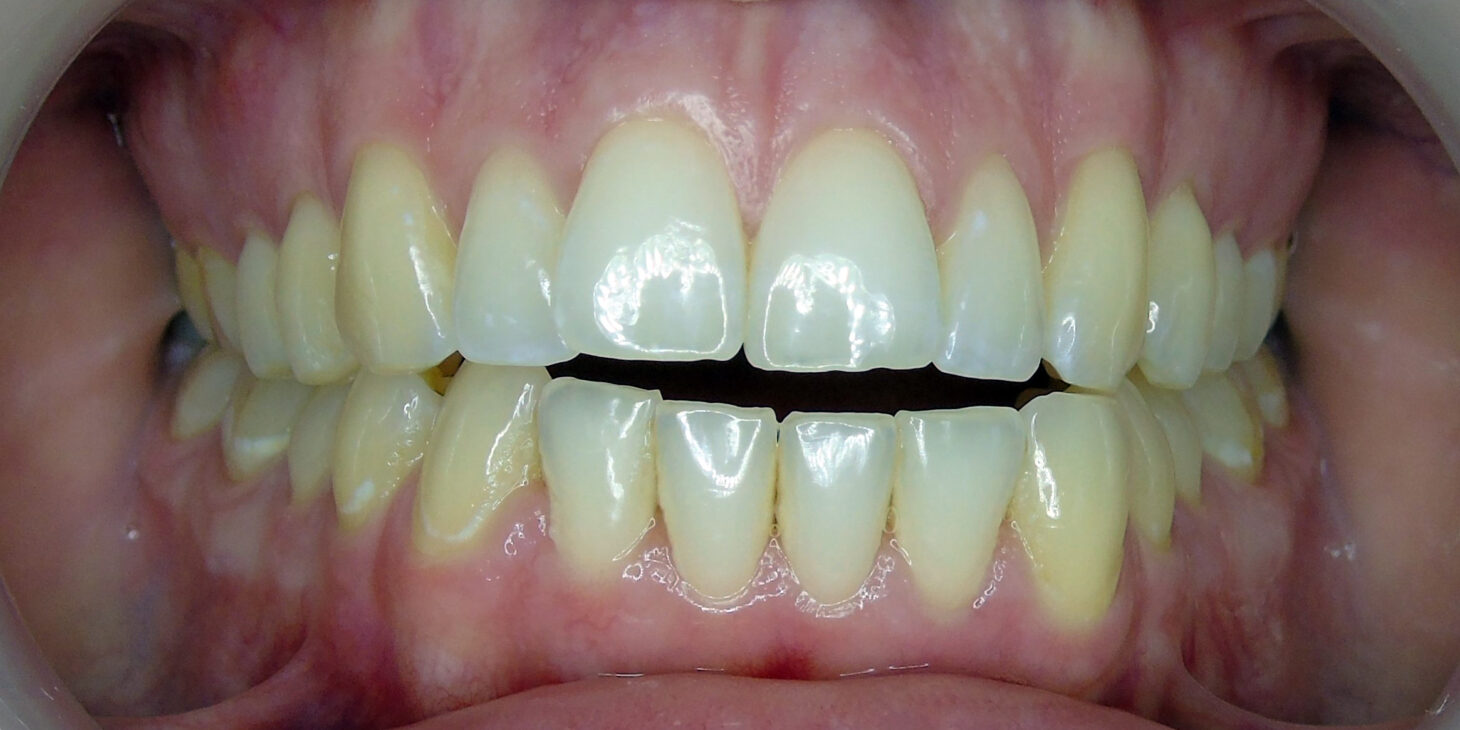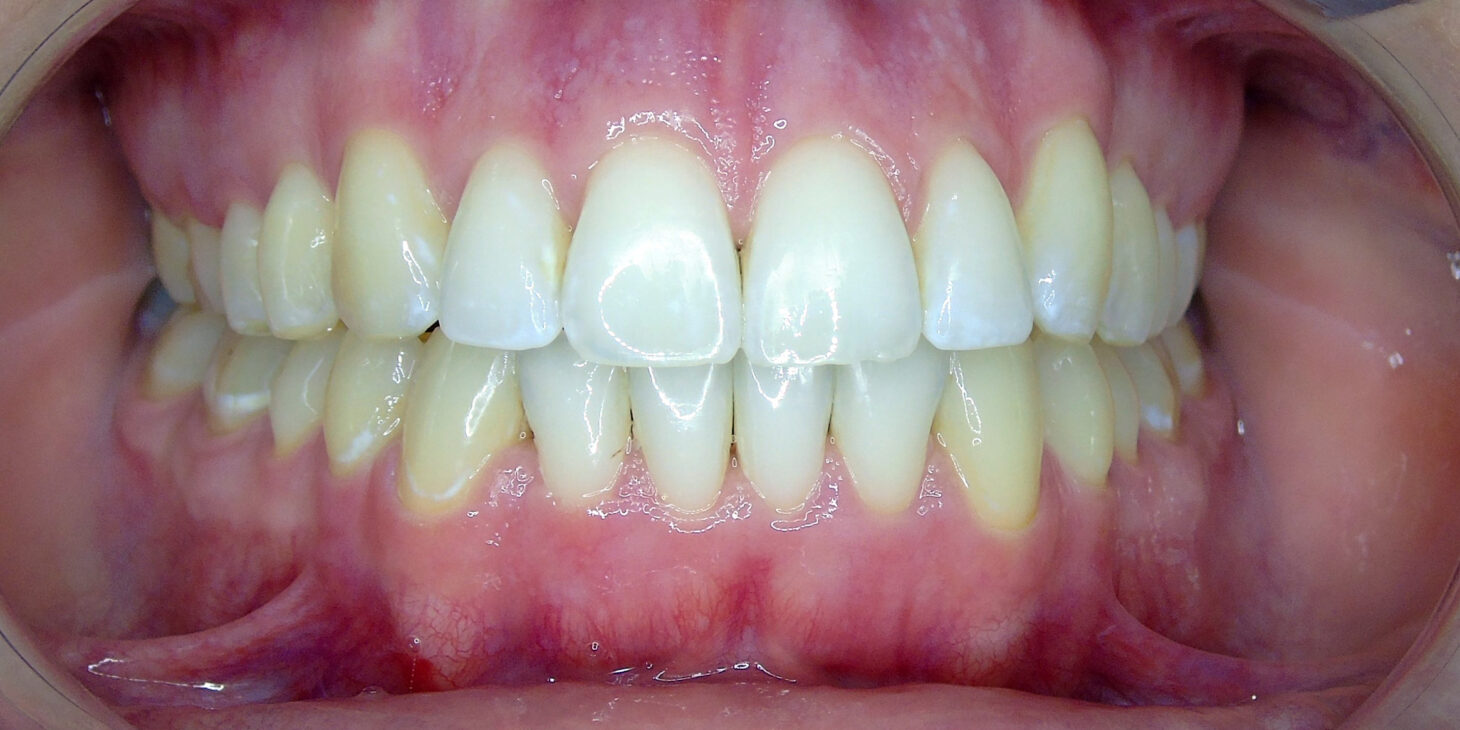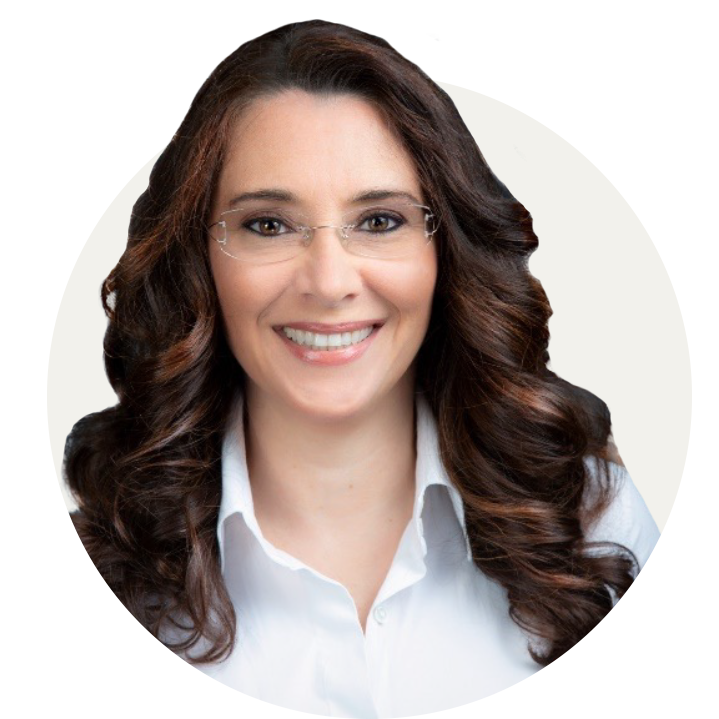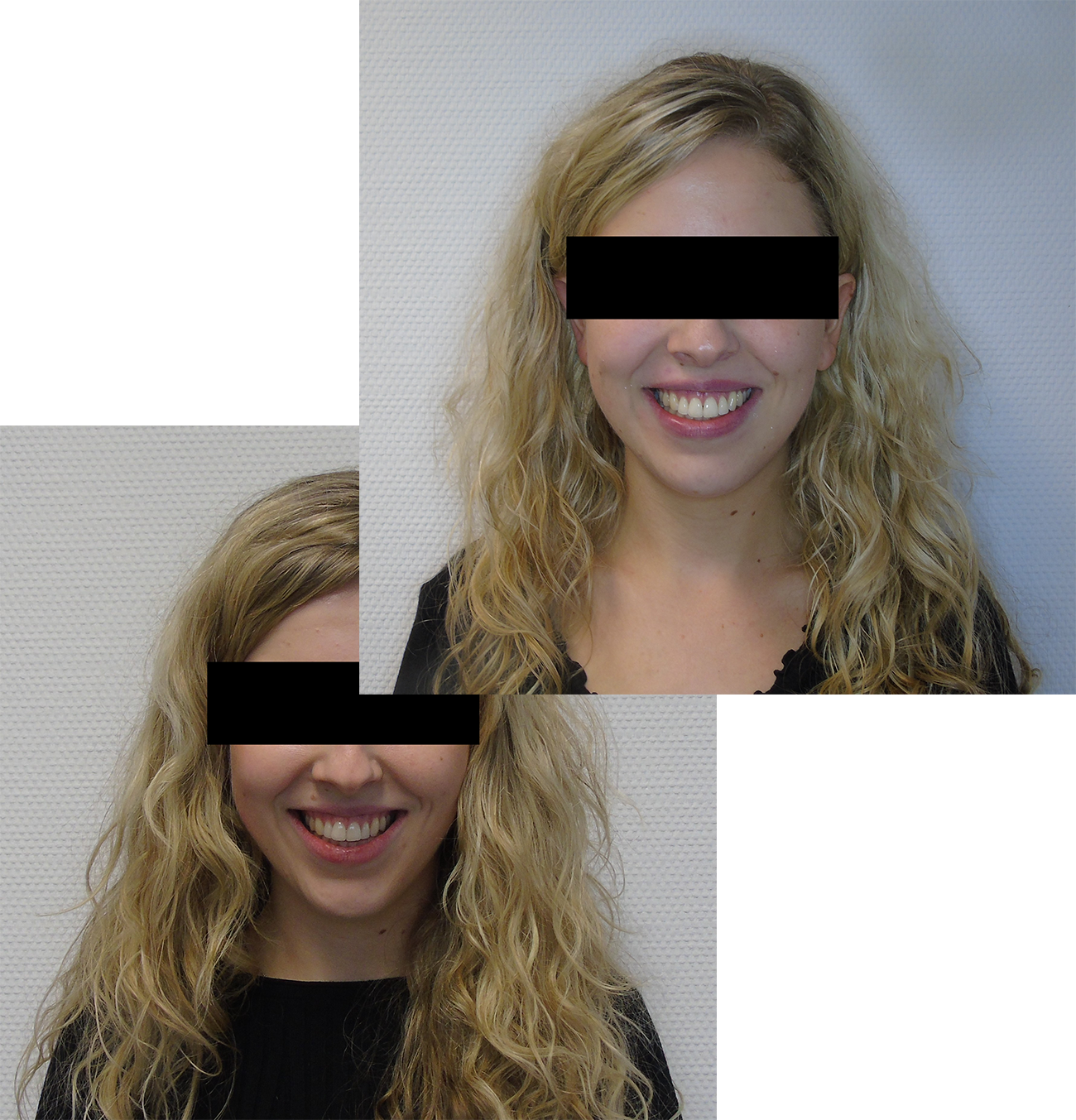CASE REPORT
Spark™
Clear Aligner System designed for the needs of orthodontists

Spark™ Retainers
Designed to keep great smiles

Damon Ultima™
The first true full expression system

Ormco™ Digital Bonding
Digitally powered clinical excellence

Symetri™
Avansert clear bracket med fornyet styrke og estetikk

DEXIS™ IOS
Intraorale Skannere

Brackets
Kvalitet og verdi i hver reguleringskloss (bracket) vi utvikler.

Strenger
Strenger av toppkvalitet som gir jevne, forutsigbare resultater

Ringer of kroner
Det aller siste innen anatomi

Buccale tuber
Tuber og bånd for eksepsjonell adherens

Adhesiver Og Kompositter
Maksimal limstyrke og praktisk bruk

Intra/ekstra orale klasse ii løsninger
Maksimal ortopedisk korrigering

Horizon Produkter
Oplev vores udvalg af hjælpeprodukter

Retention
Discover the latest in retainer technology to offer the best fit and maximum comfort



















